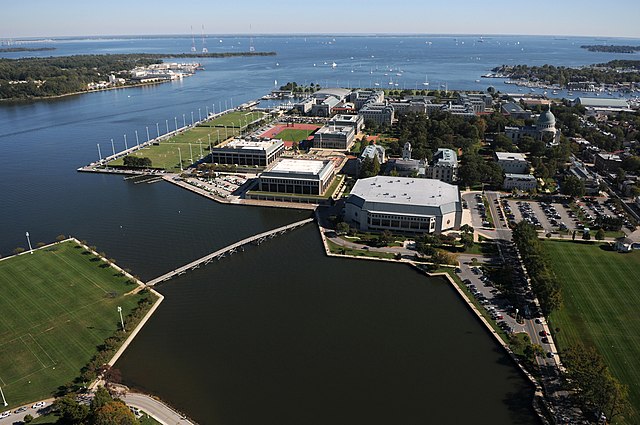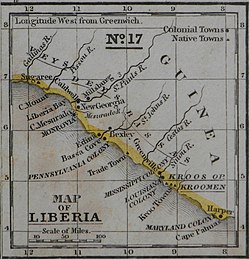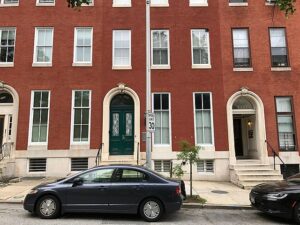A new naval school begins in Annapolis with 50 midshipmen and seven professors. Annapolis is chosen as a “healthy and secluded” location, rescuing midshipmen from “the temptations and distractions that necessarily connect with a large and populous city.”
Before 1845, the Philadelphia Naval Asylum School trains midshipmen only by sending them out on naval vessels. The worst example of this form of training occurs on September 13, 1842. The brig Somers leaves Brooklyn on a training cruise. During the cruise, 19 year-old Midshipman Philip Spencer, son of the Secretary of War, John C. Spencer, and a long-time behavior problem, talks his two shipmates into trying to take over the ship. Their effort fails and they are accused and convicted of a “determined attempt to commit a mutiny” by a shipboard court of inquiry. All three are given the standard punishment and hanged from the ship’s yardarm. The nation’s shock inspires a serious resolution to create a proper naval school.
The school becomes the United States Naval Academy (USNA) in 1850, and a new four-year curriculum with summers aboard naval ships goes into effect. Women are accepted as midshipmen in 1976 and now comprise 20% of entering classes.
In 1906 the Academy builds its iconic chapel and the remains of Revolutionary War hero Captain John Paul Jones are brought from Paris and interred beneath the central dome.







